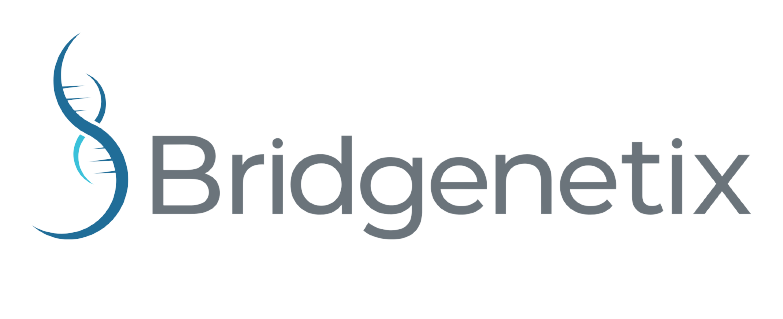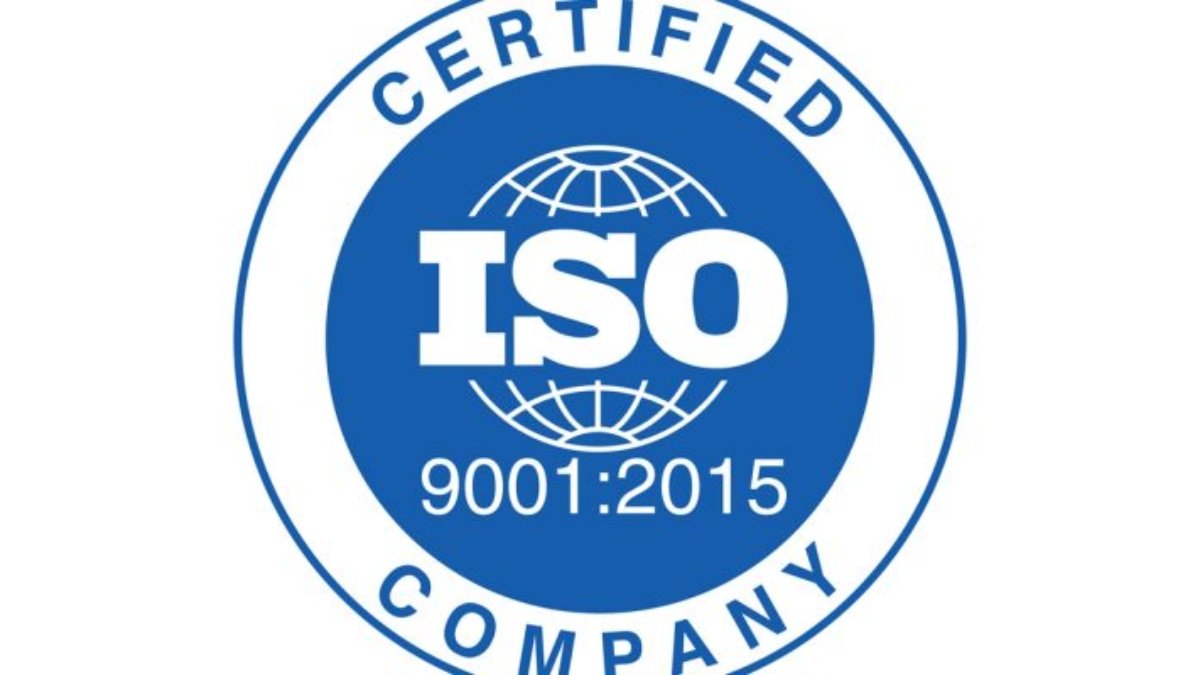The Imperative of ISO Certifications in Medical Device Distribution
In the complex and highly regulated landscape of medical device distribution, ISO Certifications stand as a beacon of quality, safety, and operational excellence. These certifications are not mere badges to adorn your company’s website; they are a testament to your commitment to delivering medical devices that meet international standards. In this comprehensive guide, we delve into the intricacies of ISO Certifications in the realm of medical device distribution.
What Are ISO Certifications?
ISO Certifications are a series of international standards that ensure products and services meet stringent quality and safety requirements. In the context of medical device distribution, these certifications are often mandatory, serving as a guarantee that the devices being distributed are reliable, effective, and safe for end-users.
The Relevance of ISO 13485 in Medical Device Distribution
When it comes to medical device distribution, ISO 13485 is the gold standard. This certification focuses on quality management systems and is specifically designed for the medical device industry. ISO 13485 encompasses everything from product design and development to distribution and post-market surveillance. Obtaining this certification is a rigorous process that involves multiple audits and continuous monitoring.
Key Components of ISO 13485
Quality Management System
A robust Quality Management System (QMS) is the cornerstone of ISO 13485. This system ensures that all processes, from procurement to distribution, are well-defined, documented, and continuously improved upon.
Risk Management
Risk Management is another crucial aspect of ISO 13485. Companies must identify, evaluate, and mitigate risks associated with the medical devices they distribute. This involves rigorous testing and quality checks at every stage of the distribution chain.
Regulatory Compliance
ISO 13485 mandates strict adherence to regulatory requirements. Distributors must keep abreast of changes in medical device regulations, both domestic and international, to ensure continuous compliance.
Benefits of ISO Certifications in Medical Device Distribution
Enhanced Credibility
An ISO Certification significantly enhances your company’s credibility in the market. It serves as an assurance to your clients and end-users that your products meet international quality standards.
Operational Efficiency
ISO Certifications streamline your operations by standardizing processes. This leads to reduced errors, lower costs, and ultimately, a more efficient distribution network.
Global Market Access
With an ISO Certification, your company gains easier access to global markets. Many countries require ISO Certification as a prerequisite for importing medical devices.
How to Obtain an ISO Certification
1. Gap Analysis: Conduct a thorough gap analysis to identify areas that need improvement.
2. Documentation: Prepare all necessary documentation, including a Quality Manual and Standard Operating Procedures (SOPs).
3. Internal Audit: Conduct an internal audit to ensure compliance with ISO standards.
4. Certification Audit: Undergo a certification audit conducted by an accredited third-party organization.
5. Continuous Monitoring: Once certified, continuous monitoring and periodic audits are essential for maintaining the certification.
Conclusion: The Road to ISO Certification
In summary, ISO Certifications are an indispensable asset in the medical device distribution industry. They not only ensure the quality and safety of your products but also give you a competitive edge in the market. The journey to obtaining and maintaining an ISO Certification may be challenging, but the rewards are well worth the effort.


Leave Your Comment